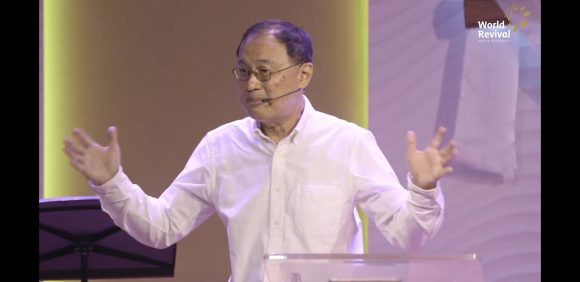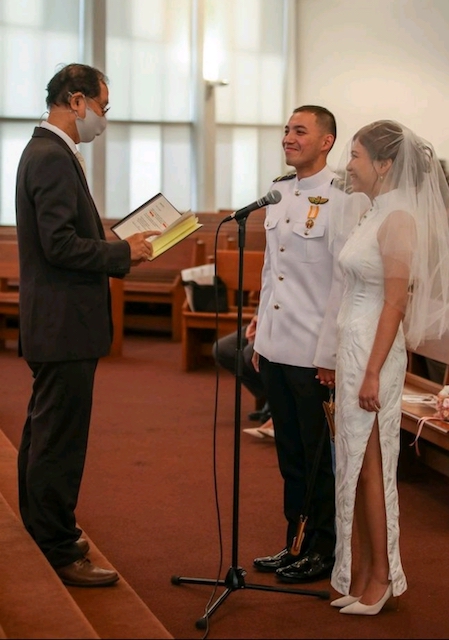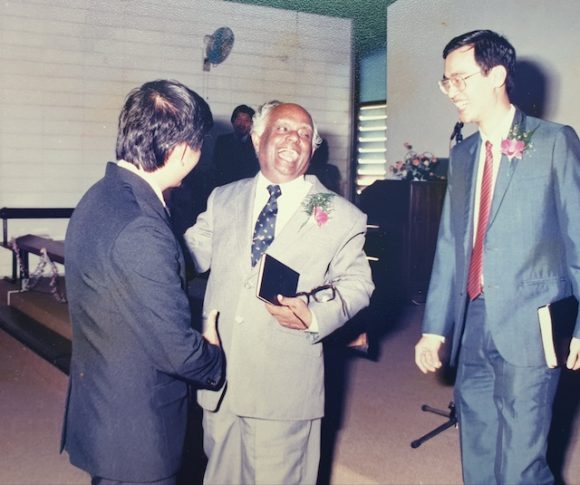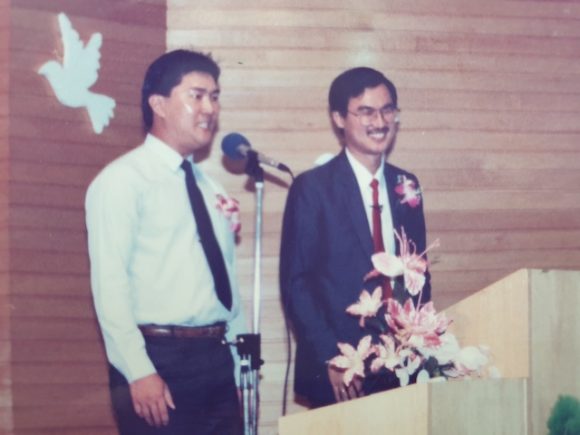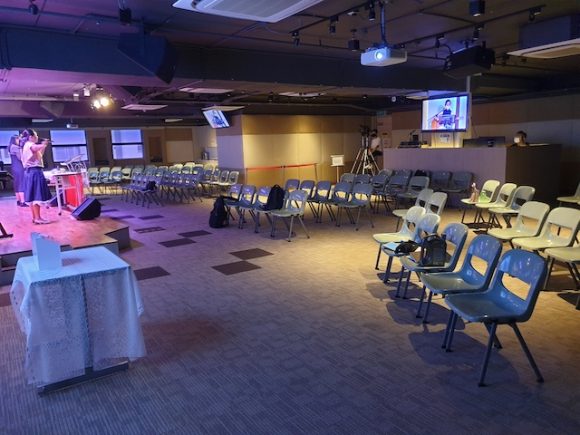It was a joy to preach to the “embodied” church again after mostly doing pre-recorded or online services in most of the last two years. Most of the members have begun to return to the worship gatherings since the government gave the green light and loosened restrictions recently. The timing was good too, for the holy week, Good Friday and Easter services. Most of us were happy to be back and to be able to chat after the service and have two hours lunch fellowship to catch up with people.
The young people have returned too and that is a great comfort to me. During the off and on, back and forth of constant change from online to in-person services, and vice-versa, young people got frustrated and tired. Restricting meals to two persons killed the joy of being with other young people. Now even five or more can sit around a table and have a meal in the coffeeshop or hawker center.
Rising enthusiasm
There was excitement in the air and people were generally enthusiastic about worship (now they can sing with masks on), and receptive to the message. Preaching to real people I know and not a totally online audience is refreshing. You are able to see how listeners are responding to what you are saying. You can sense whether you are connecting the truth with their lives, whether they were attentive or lost in other thoughts, eager or jaded, wanting more or saying with their body language, Please end. Preaching is not all about delivering all you have prepared. You can make immediate adjustments to the content, adding new inspired ideas or completely cutting off a whole main point.
During the Easter sermon I preached from Matthew 28 about the two Marys. I never intended to dwell on their devotion to Christ. In my notes were two main ideas: how God keeps his word and is trustworthy; and the different responses of people (the two Marys, the religious leaders, the soldiers who guarded the tomb) to the greatest event in history: Christ’s resurrection. I found myself speaking about the devotion of the two Marys. I ended up expanding on this line of thought as the Spirit gave me words to speak. A whole main point was added on the spot. It was a pleasant experience of the Spirit’s hand upon me.
This freedom to add and subtract is a healthy freedom. It is not a license to ramble. It gives space for God to inspire and lead me in surprising ways. This can be risky, but exciting. It makes me feel that God is actively involved in the delivery of the message, that he cares enough about his people to intervene to enhance and enrich whatever I have prepared.
Giving space to God
Two things help me to give space to God to move and inspire new thoughts in the sermon. One, I do not use powerpoint presentation. This way I do not feel a need to complete and use everything I have prepared. I can change the order, the content, and the length of the message without distracting the people listening to the Word. I have other reasons for not using presentation slides for sermons but it is not the subject here.
The second thing I do is to preach without looking at my notes too much. I have all the main truths, background information, illustrations, applications thought through, and the main stuff are in note form. I memorise the main points and the illustrations and applications that belong together with each point. I go over them in my mind, rehearsing them mentally. Then when I am on the pulpit, I trust the Spirit to guide the delivery. Some information I researched is unused, some I had read about but discarded, the Spirit brings to mind. I trust that what was subtracted was not meant to be heard, and what was added was meant for someone to hear. If I get stuck or got lost along the way, I go back to my notes and look at the underlined main truths to re-calibrate the route to the destination.
The joy of preaching
Preaching is more fun now that it is not so frequent and I have no other pastoral and administrative cares to attend to. I remember that when I was pastoring, a lot of good intentions, commitments and promises made to people and ministry got buried or neglected by other important and urgent tasks, by my own inner turmoil, or were simply forgotten. Usually I gave the highest priority to preaching preparation, including prayer. “Devote yourselves to prayer and the ministry of the Word”, was the apostolic priority (Acts 6). I did not always succeed in this, because urgent ministry matters overwhelm important matters. If a funeral suddenly falls on your lap, or there is an administrative deadline to meet, I found my sermon preparation challenged. I no longer have these things to distract or harass me as I prepare my messages, praise the Lord!
